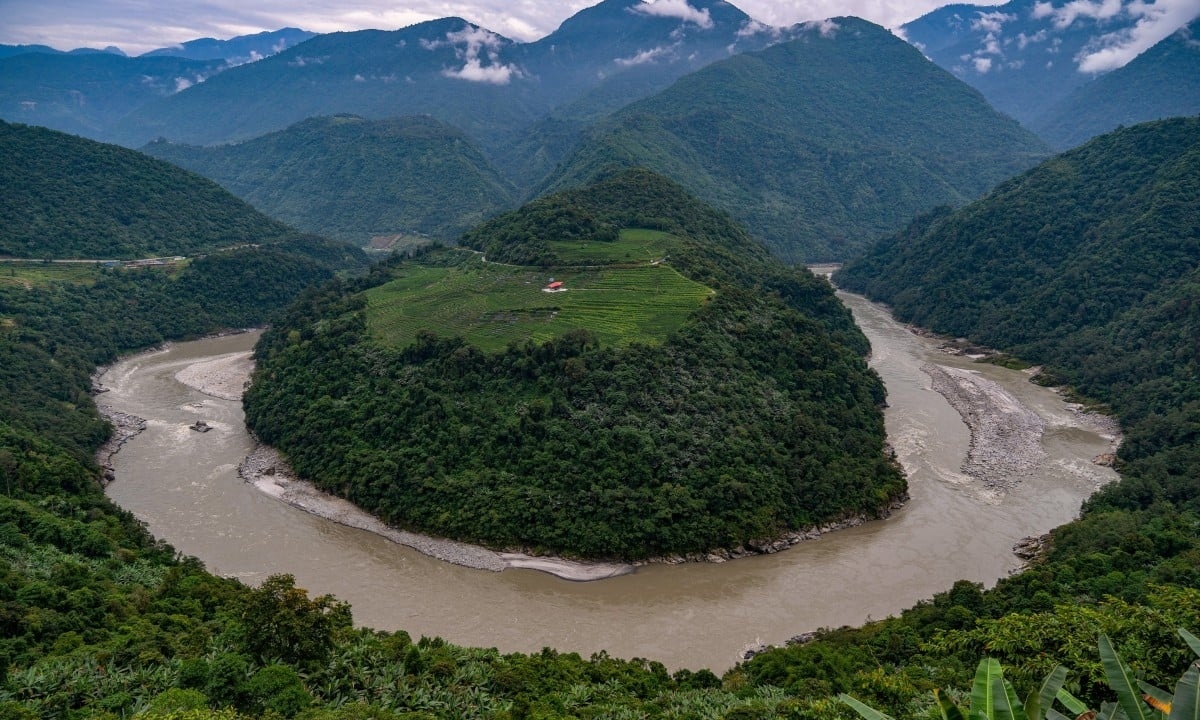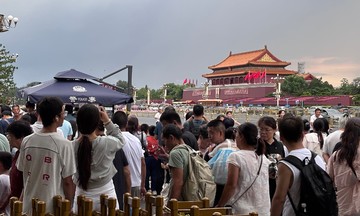Premier Li Qiang attended the groundbreaking ceremony in Lhunze, Tibet, today. China approved the project last December on the river known as the Yarlung Tsangpo in Tibet and the Brahmaputra in India. The project aims to serve Beijing's carbon neutrality goals and other economic objectives in Tibet.
Upon completion, this dam could surpass the Three Gorges Dam on the Yangtze River in central China. The project comprises 5 hydropower plants with a total investment of USD 167.1 billion.
The project could generate nearly 300 billion kilowatt-hours (kWh) of electricity annually, over three times the output of the Three Gorges Dam, which currently has the world's largest installed capacity of 88.2 billion kWh.
"The generated electricity will primarily be transmitted to other regions for consumption, while also meeting local electricity needs," state-run Xinhua news agency reported today.
 |
A section of the Yarlung Tsangpo River in Tibet. Photo: Xinhua |
A section of the Yarlung Tsangpo River in Tibet. Photo: Xinhua
The project has the potential to affect millions of people downstream in India and Bangladesh. In January, India stated it had expressed concerns to China about the project in Tibet, noting that it would "monitor and take necessary measures to safeguard its interests."
According to the Indian Ministry of External Affairs, they have urged China to "ensure the interests of downstream countries of the Brahmaputra River are not harmed by activities in the upstream area."
The Chinese Ministry of Foreign Affairs previously reassured that the project would not have any "negative impact" downstream, adding that China "will maintain communication with downstream countries."
In addition to concerns related to downstream areas, environmentalists have also warned about the irreversible impact of such mega-projects on the ecologically sensitive Tibetan plateau.
Vu Hoang (According to AFP)












